Apple Watch has powerful applications that make it the best device for a healthy life - at least that's how the manufacturer characterizes its smart watch. It's hard to say if they're the best, but they do offer a number of health features that help people who need to track them, as well as anyone else, in how to view their health.
Pulse
The most basic is certainly heart rate. The first Apple Watch already came with its measurement, but simple fitness bracelets also contained it long before them. However, the Apple Watch can warn you if your "heart rate" is too low or, conversely, high. The watch checks her in the background, and her fluctuations could be a sign of a serious illness. These findings can then help identify situations that may require further investigation.
If the heart rate is above 120 beats or below 40 beats per minute while the wearer is inactive for 10 minutes, they will receive a notification. However, you can adjust the threshold or turn off these notifications. All heart rate notifications, along with the date, time, and heart rate, can be viewed in the Health app on iPhone.
Irregular rhythm
The notification feature occasionally checks for signs of an irregular heart rhythm that may indicate atrial fibrillation (AFib). This function will not detect all cases, but it can catch the essential ones that will indicate in time that it is really justified to see a doctor. Irregular rhythm alerts use an optical sensor to detect the pulse wave at the wrist and look for variability in the intervals between beats when the user is at rest. If the algorithm repeatedly detects an irregular rhythm indicative of AFib, you'll receive a notification and the Health app will also record the date, time, and beat-to-beat heart rate.
Important not only for Apple, but also for users and doctors, for that matter, is that the irregular rhythm warning feature is approved by the FDA for users over 22 years of age without a history of atrial fibrillation. According to the US Centers for Disease Control and Prevention, approximately 2% of people under the age of 65 and 9% of people over the age of 65 have atrial fibrillation. Irregularities in heart rhythm are more common with advancing age. Some people with atrial fibrillation have no symptoms, while others have symptoms such as a fast heart rate, palpitations, fatigue, or shortness of breath. Episodes of atrial fibrillation can be prevented by regular physical activity, a heart-healthy diet, maintaining a low weight, and treating other conditions that could make atrial fibrillation worse. Untreated atrial fibrillation can lead to heart failure or blood clots that can cause a stroke.
ECG
If you experience symptoms such as a fast or skipped heartbeat, or receive an irregular rhythm notification, you can use the ECG app to record your symptoms. This data can then allow you to make more informed and timely decisions about further testing and care. The app uses the electrical heart sensor built into the Digital Crown and back crystal of Apple Watch Series 4 and later.
The measurement will then provide a result of sinus rhythm, atrial fibrillation, atrial fibrillation with a high heart rate or poor recording and prompt the user to enter any symptoms such as fast or pounding heart rate, dizziness or fatigue. Progress, results, date, time and any symptoms are recorded and can be exported from the Health app to PDF format and shared with a doctor. If the patient experiences symptoms that indicate a serious condition, they are encouraged to call emergency services immediately.
It could be interest you
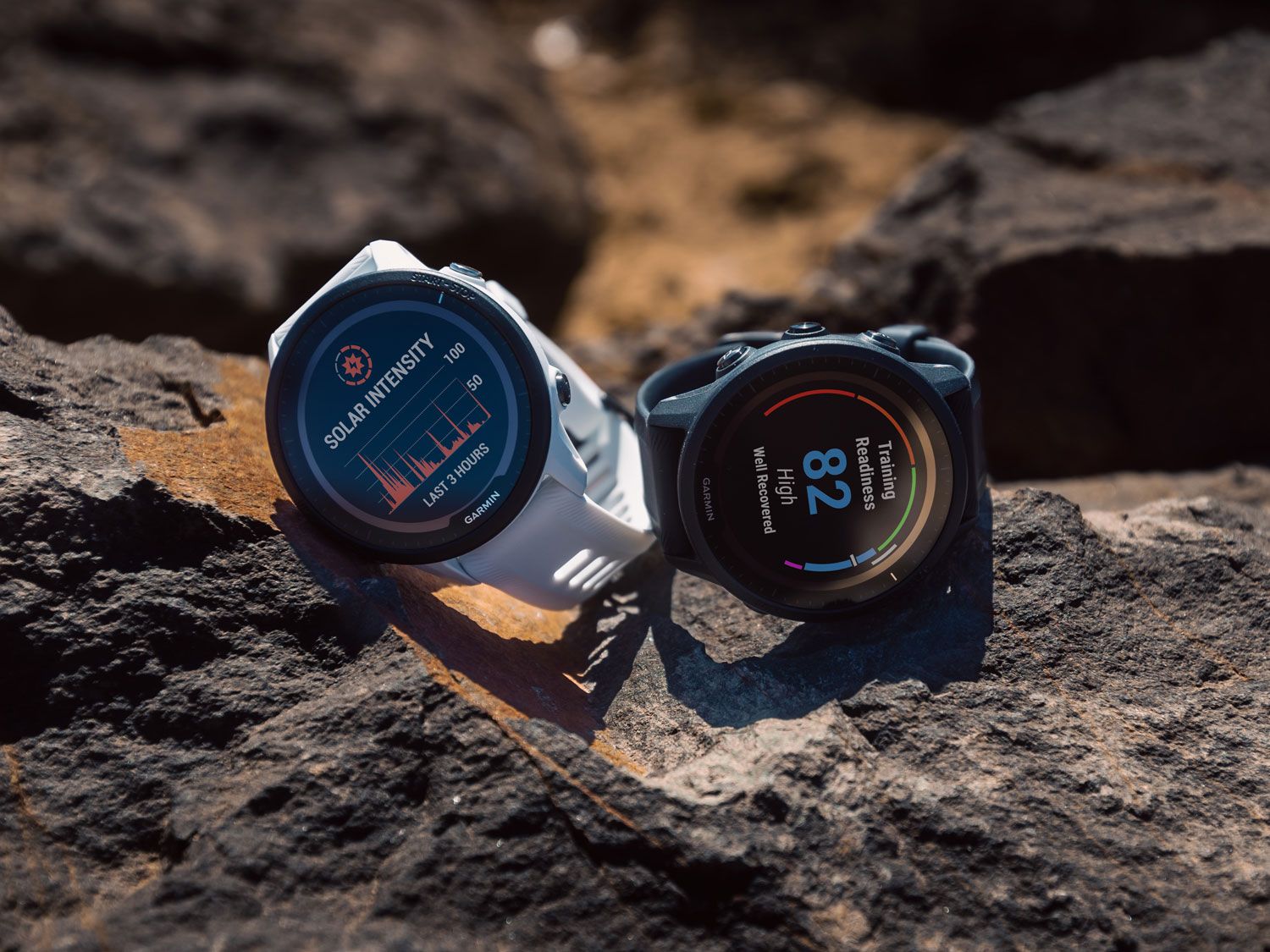
Even the electrocardiogram application is approved by the FDA for users over 22 years of age. However, it is important to mention that the app cannot detect a heart attack. If you start to feel chest pain, chest pressure, anxiety, or other symptoms that you think may indicate a heart attack, call XNUMX immediately. The application does not recognize blood clots or strokes, as well as other heart disorders (high blood pressure, congestive heart failure, high cholesterol and other forms of cardiac arrhythmia).
Cardiovascular fitness
The level of cardiovascular fitness says a lot about your overall physical health and its long-term development into the future. Apple Watch can give you an estimate of your cardiovascular fitness by measuring your heart rate during a walk, run or hike. It is denoted by the abbreviation VO2 max, which is the maximum amount of oxygen your body can use during exercise. Gender, weight, height or medications you take are also taken into account.
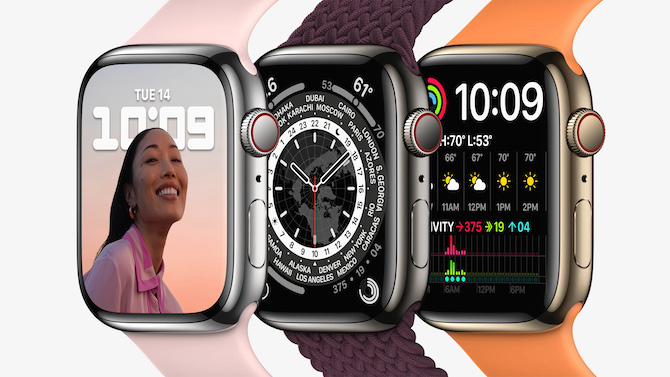

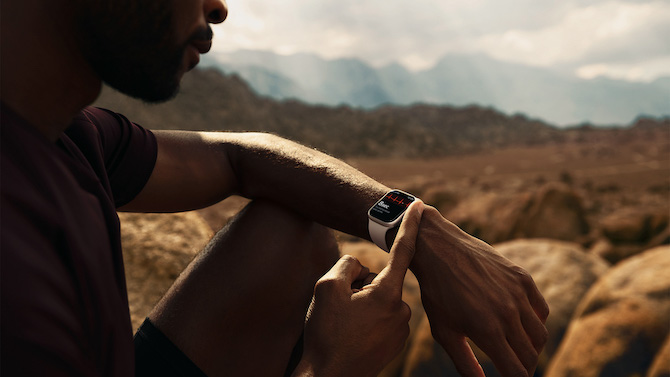

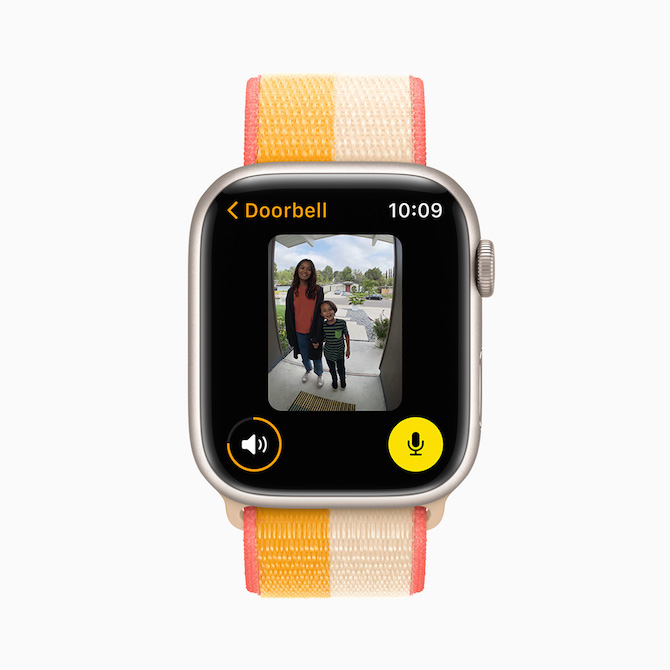

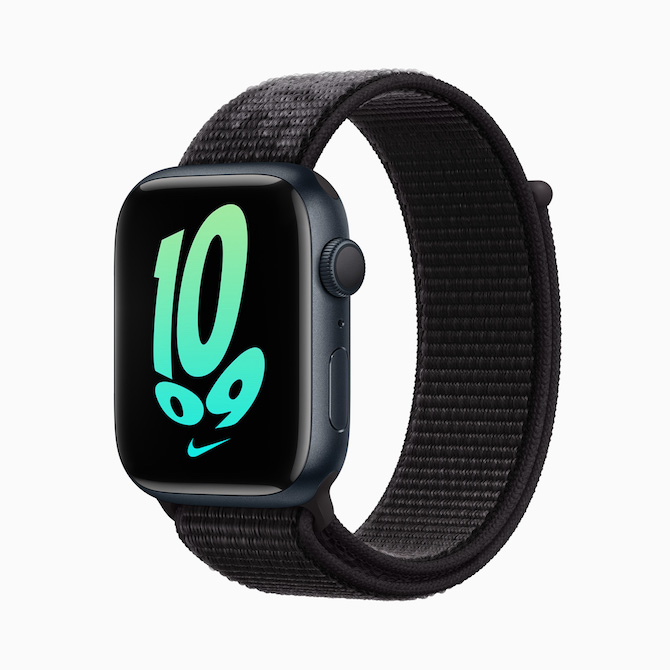

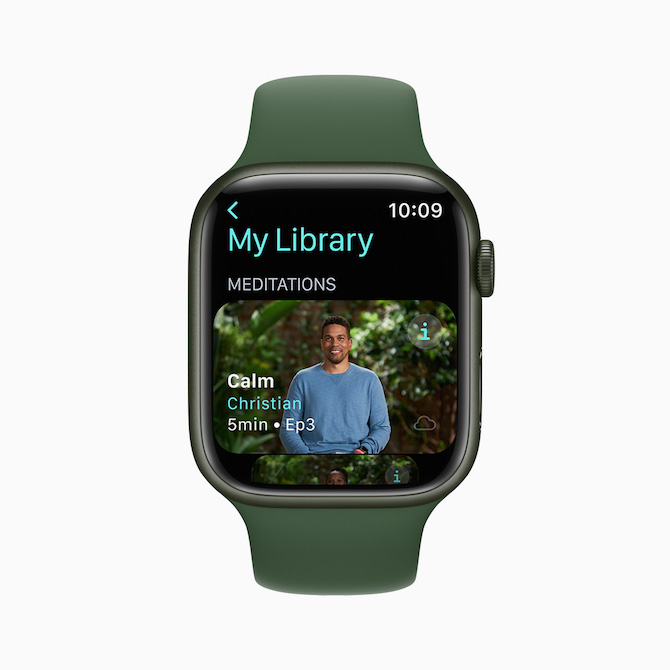
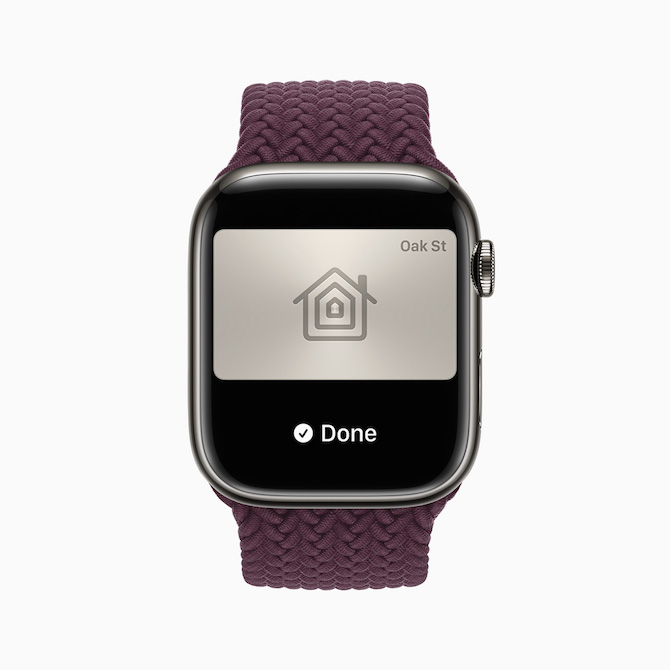
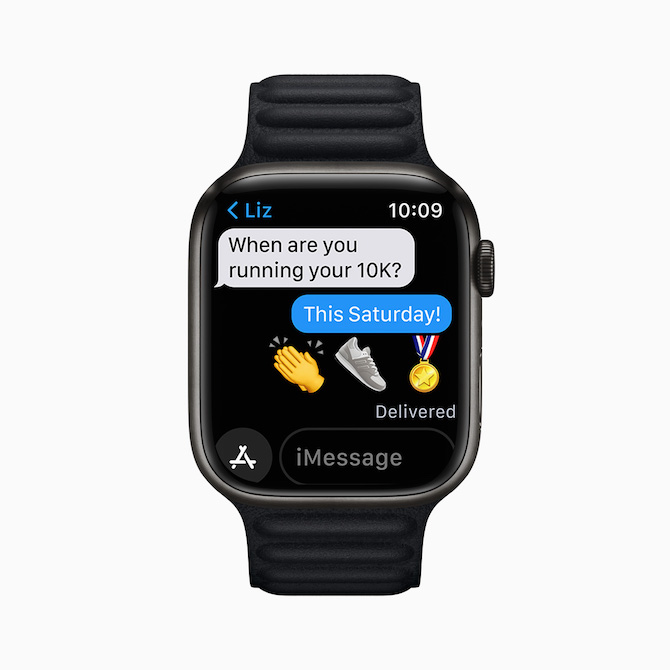
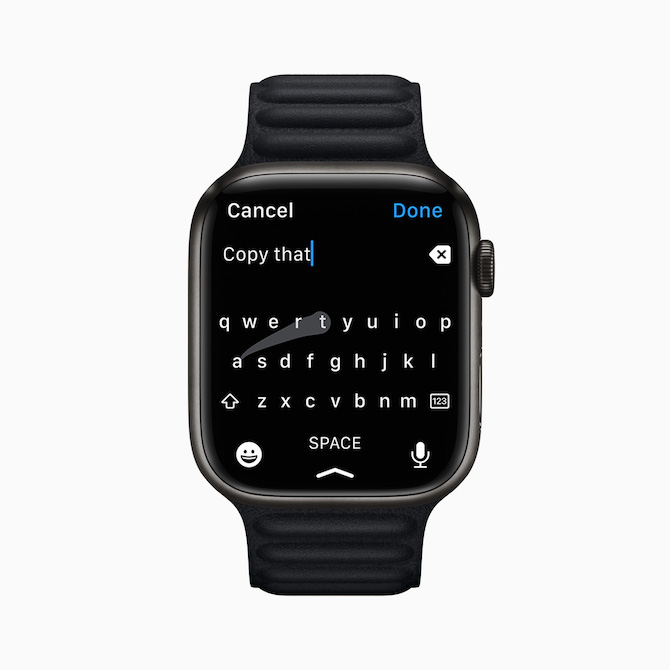
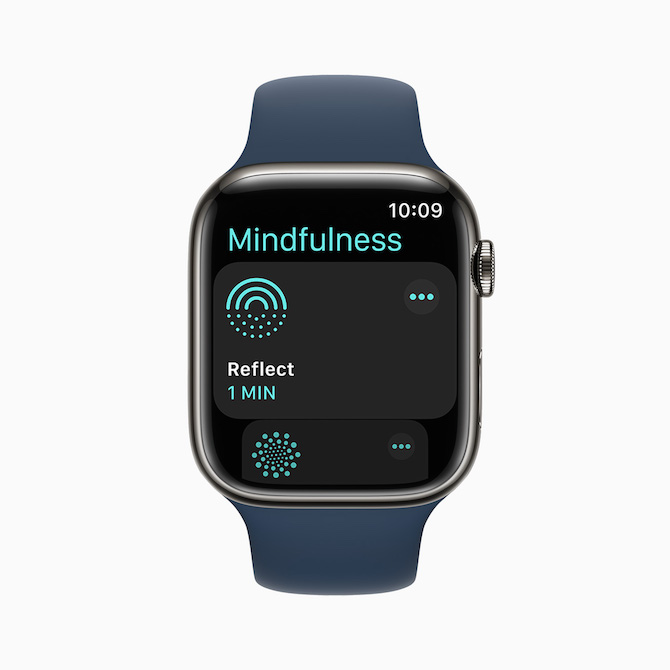
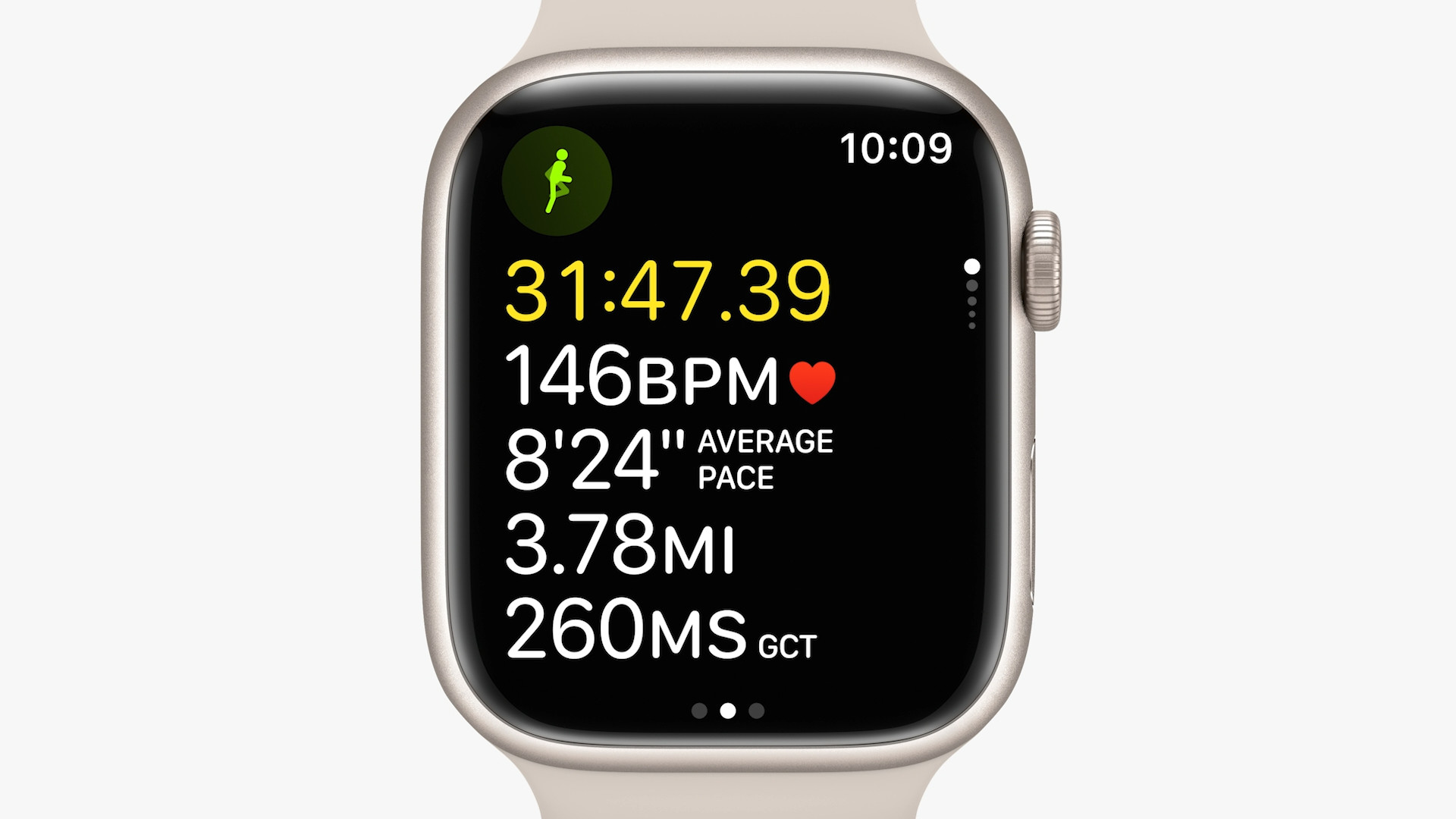


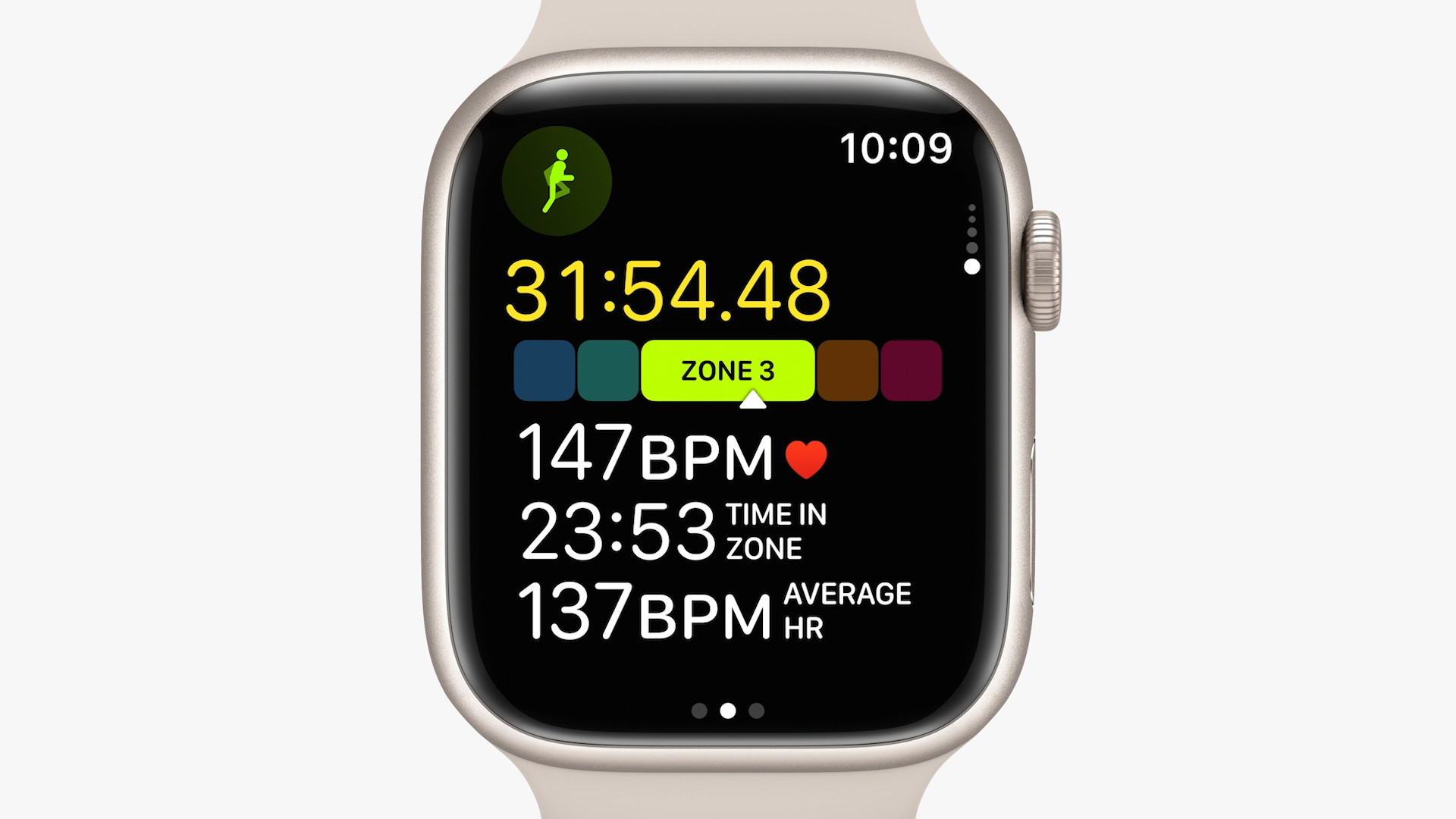
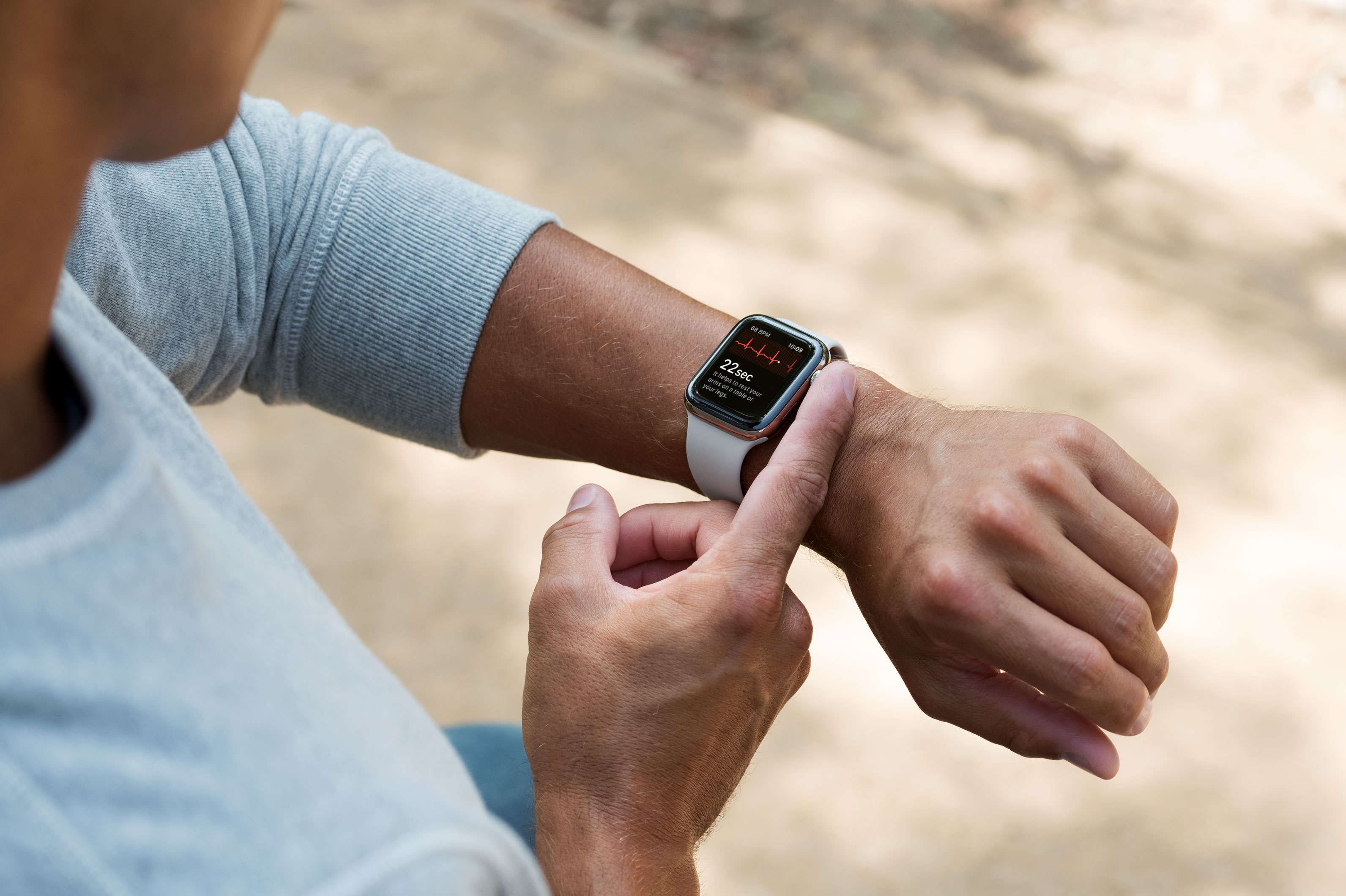
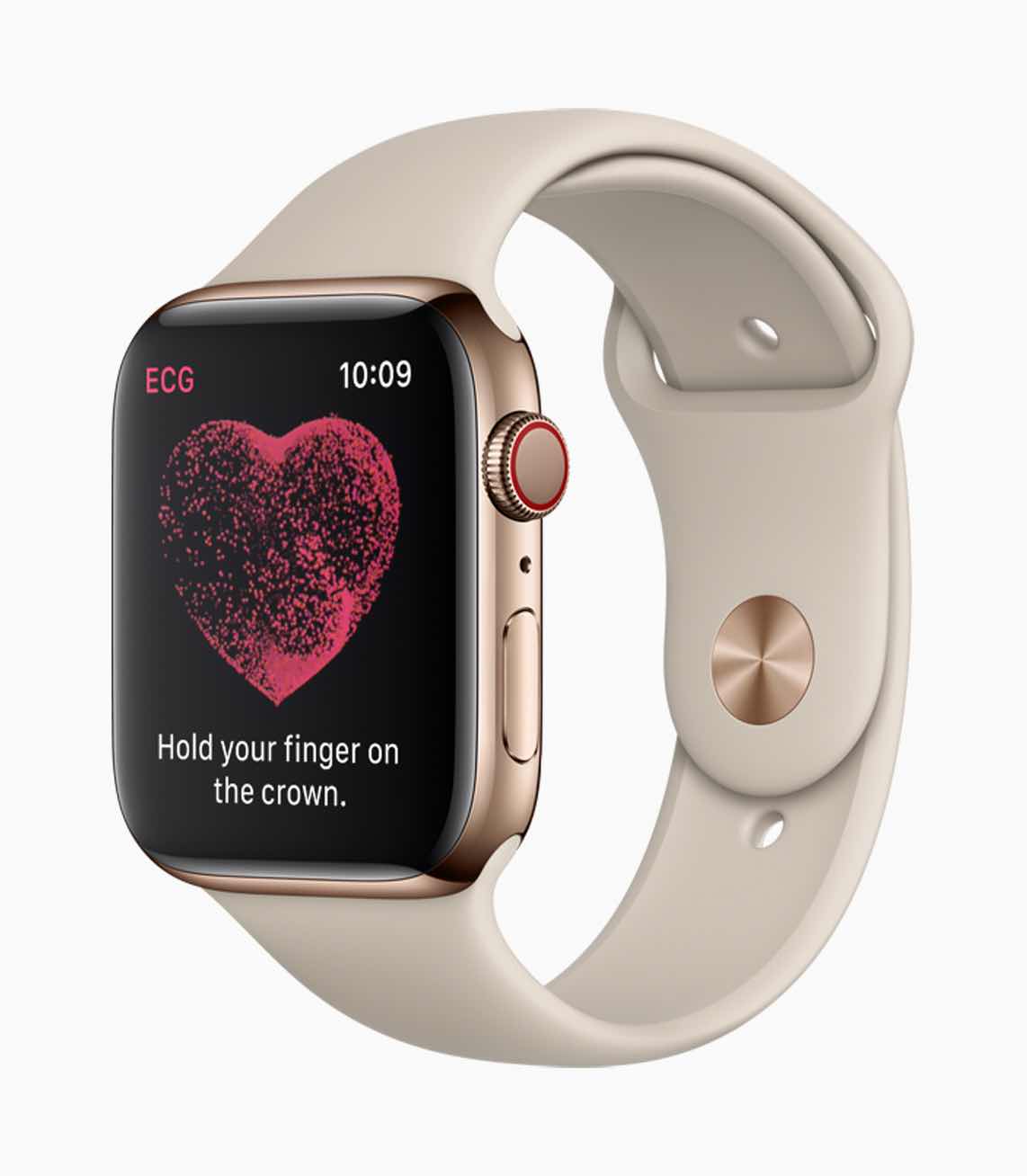
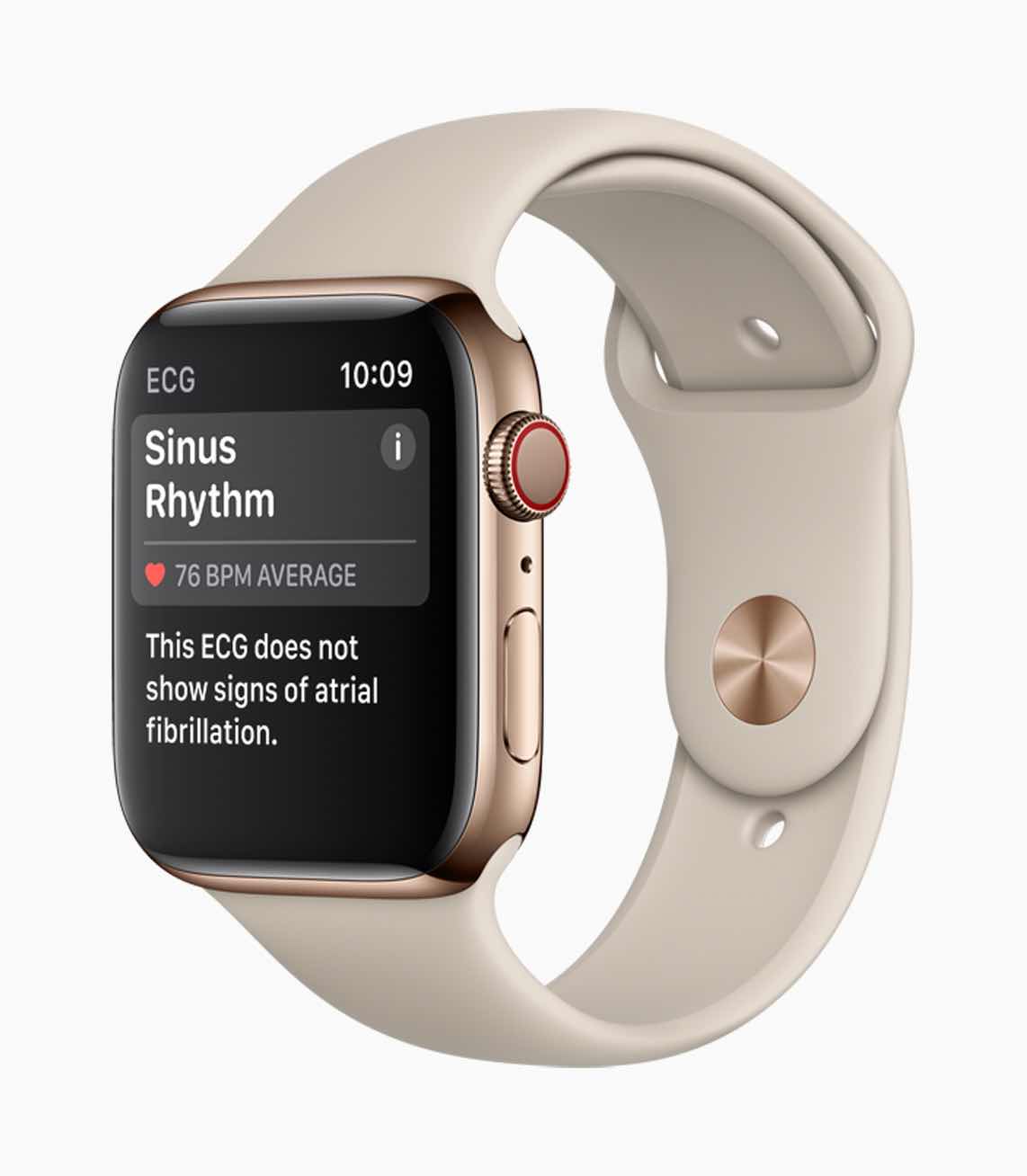
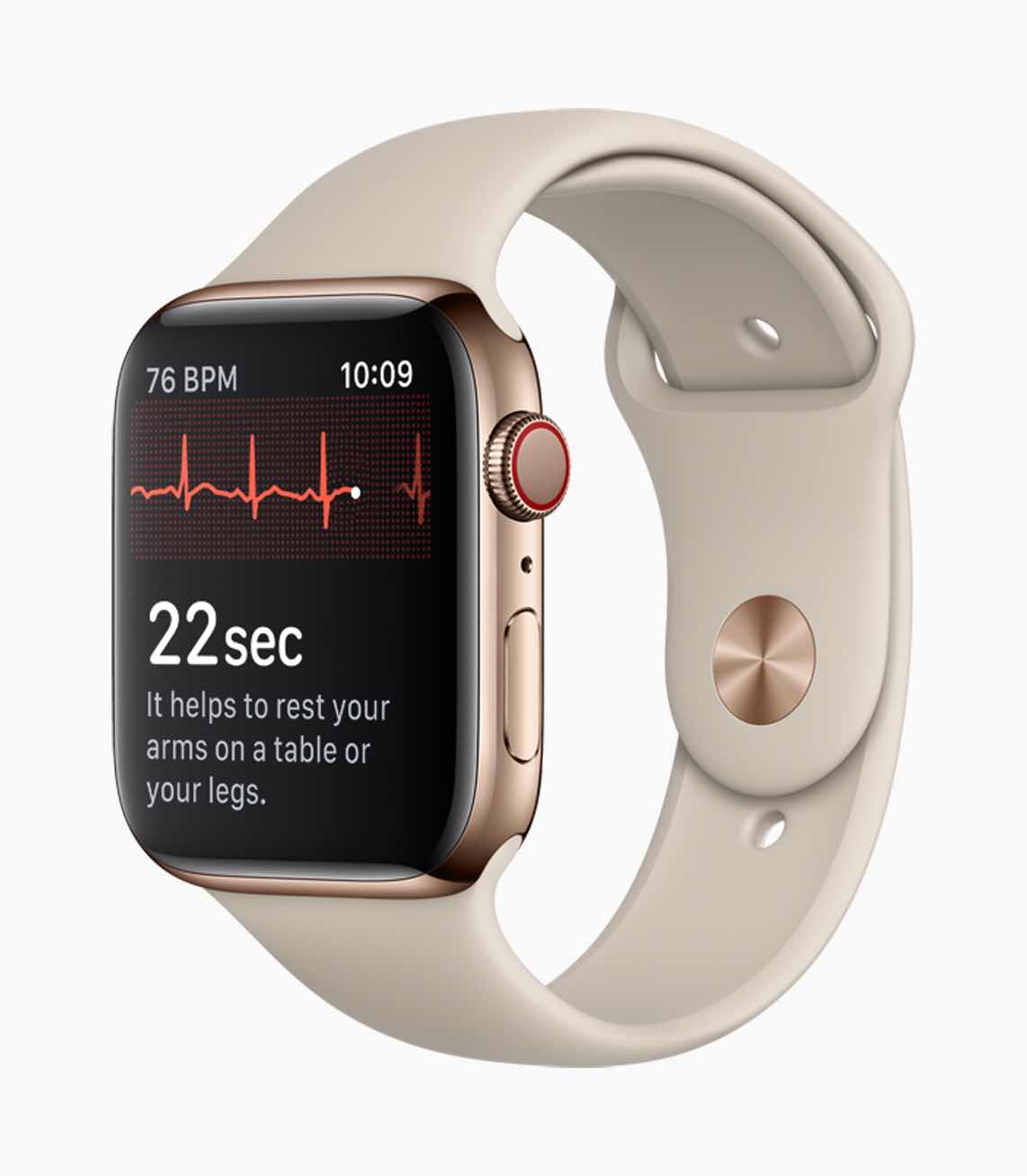
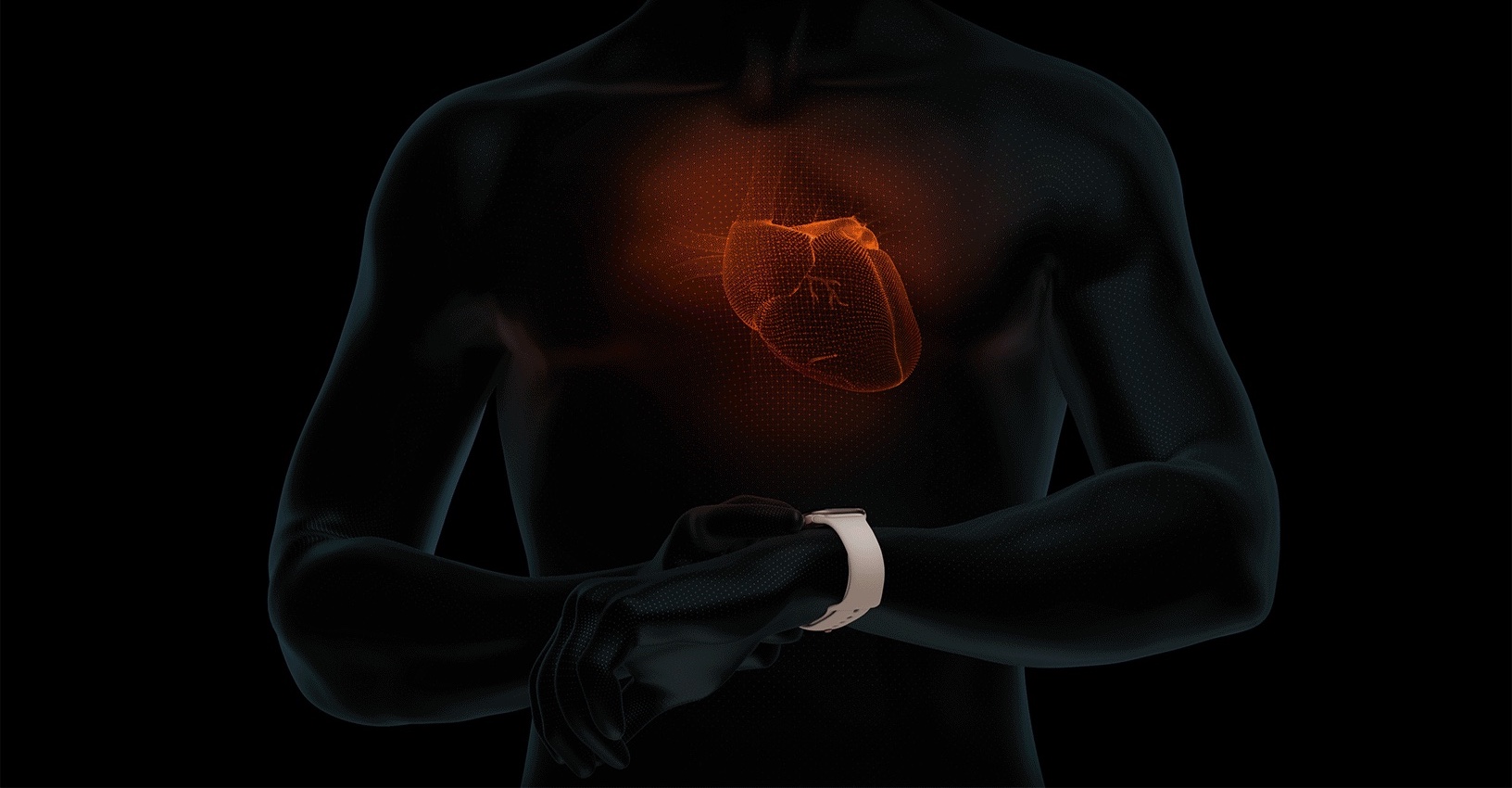
 Adam Kos
Adam Kos 


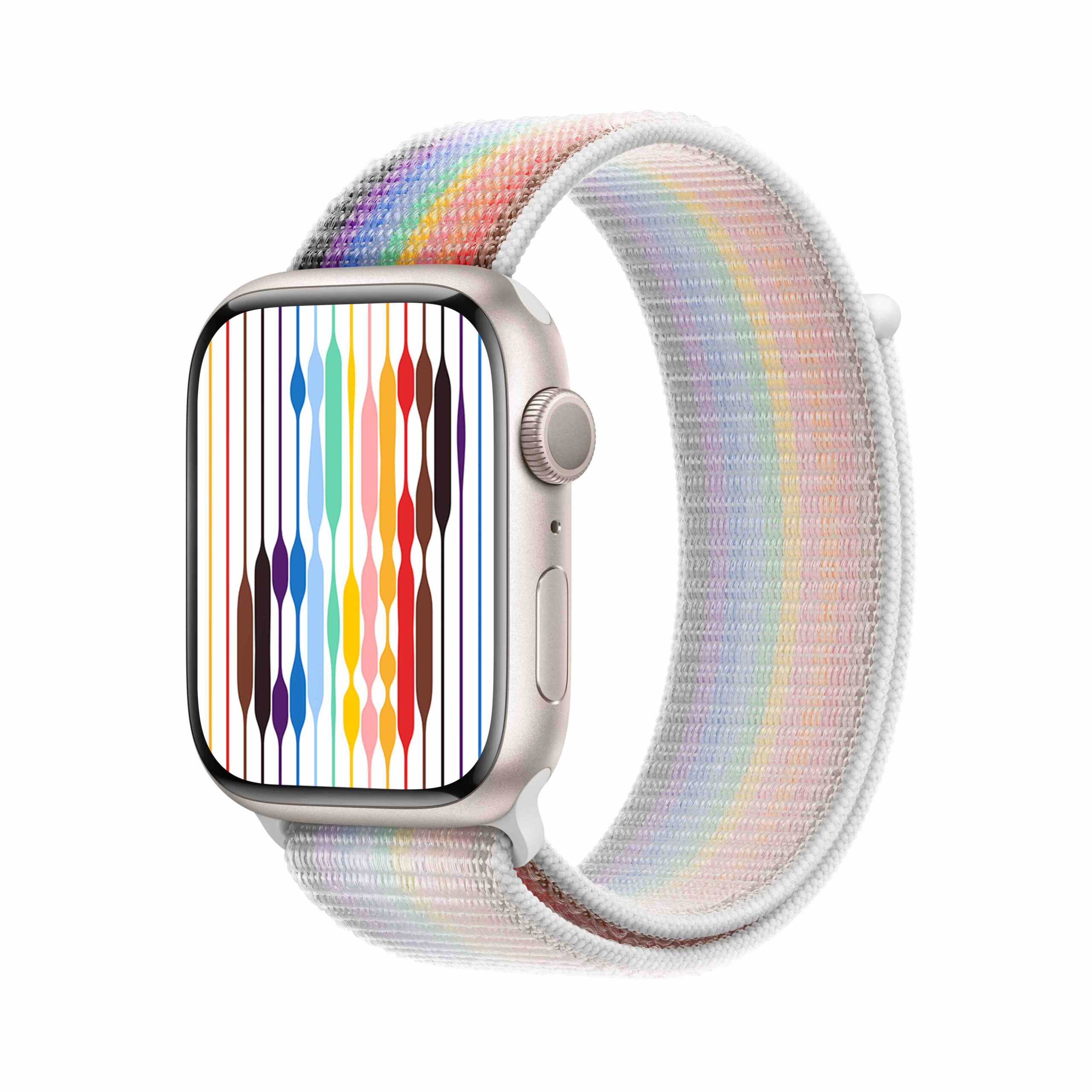
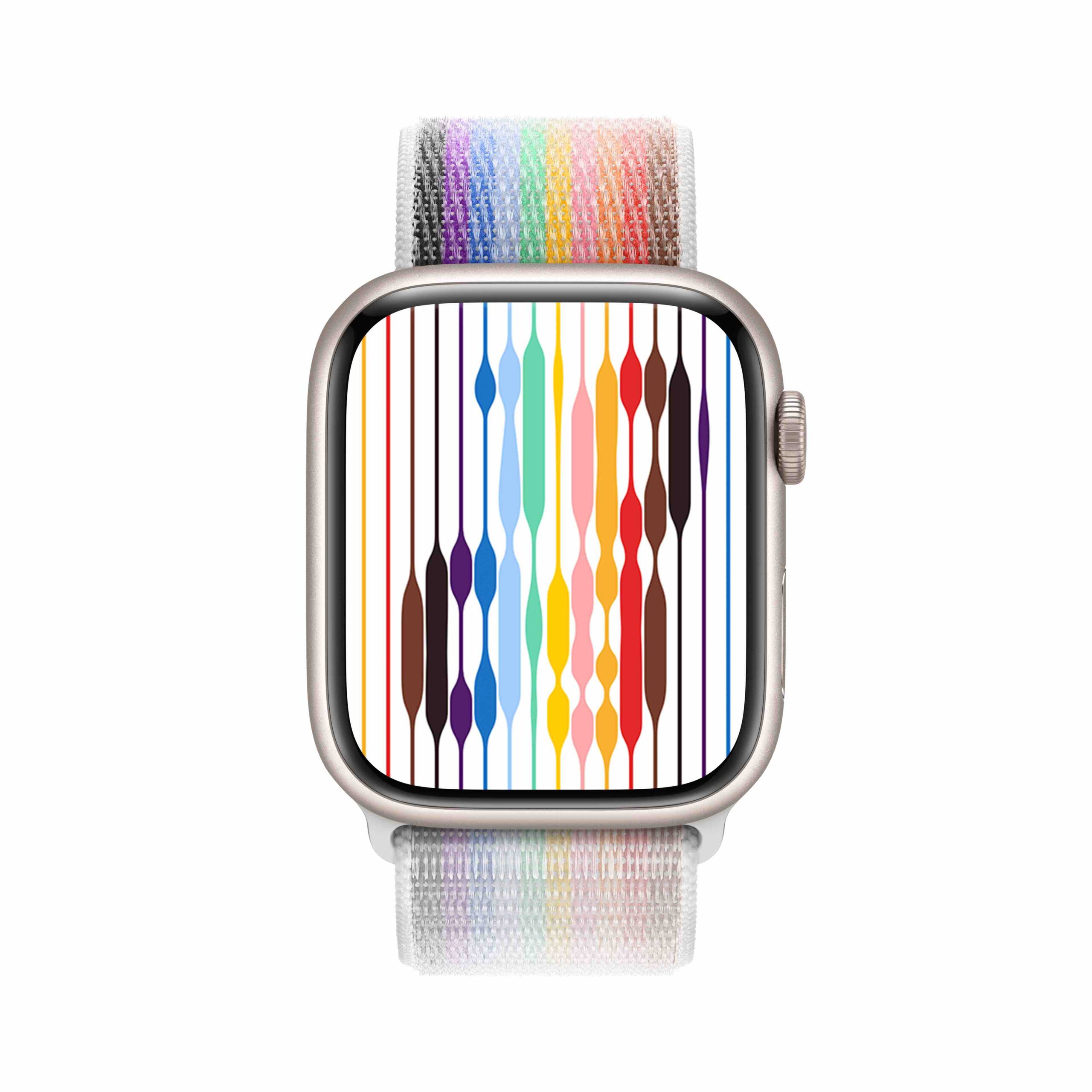
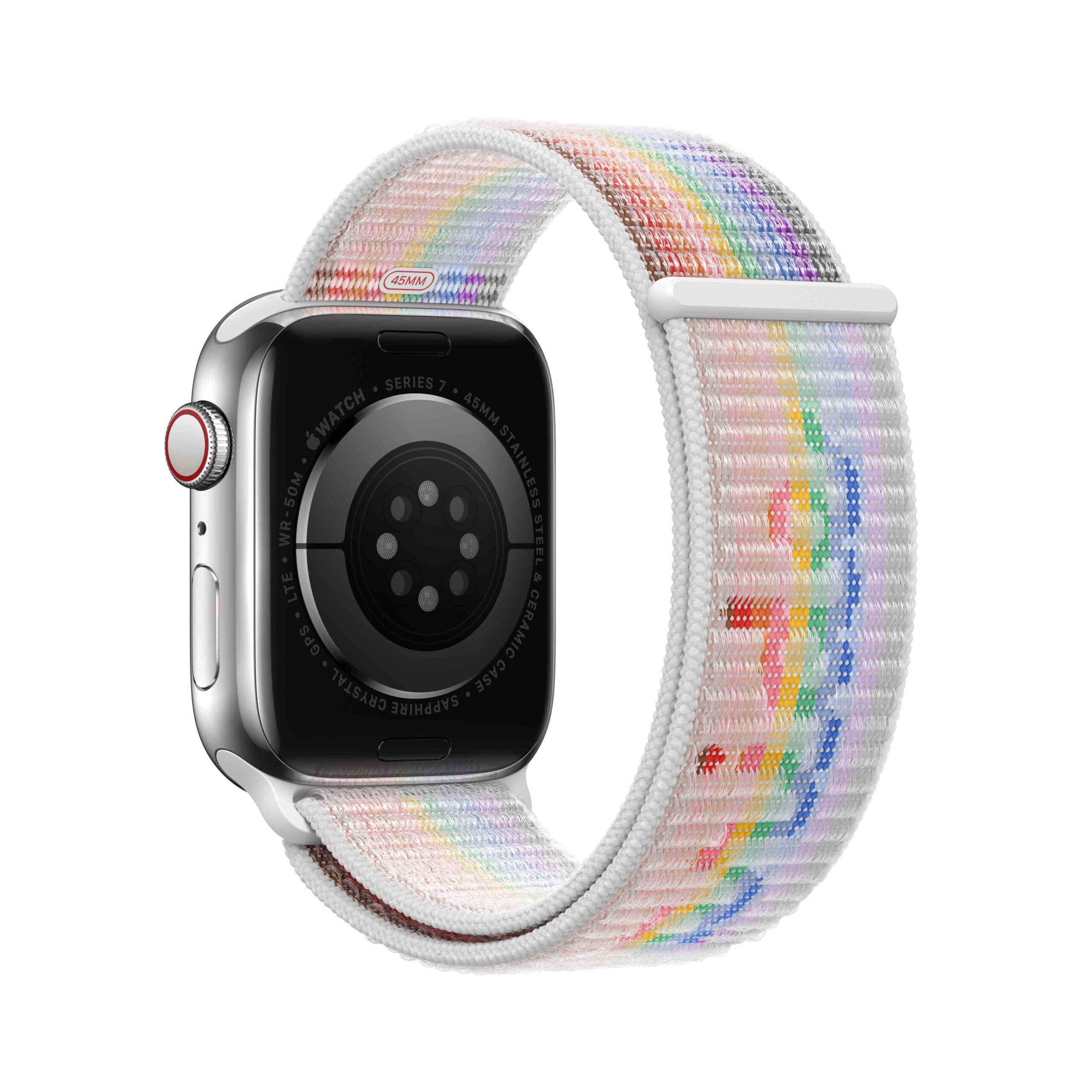
Apple products are of high quality... fix that mess, let this article be of high quality as well.
" they help people who..."